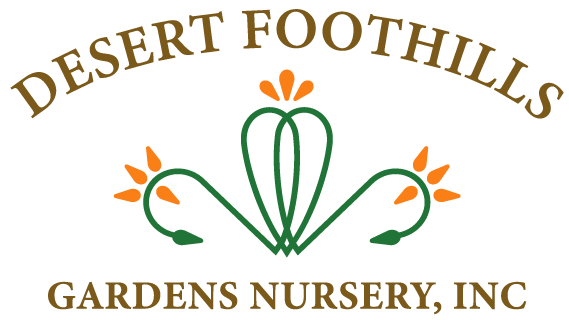Garden Soil Vs. Potting Mix | Differences
The quality of your garden soil will decide how well you can grow fresh tomatoes, peppers, herbs, and leafy greens right in your own backyard in the Phoenix Valley. But here’s the key question that a lot of desert gardeners have: Is “garden soil” in a bag really helpful for producing veggies in our hot, alkaline climate? Yes, but there are some key things to keep in mind.
Understanding the Soil Conditions in Phoenix
Most of the Valley’s native soils are alkaline, sandy-loam to clay-loam, and don’t have a lot of organic matter. This implies that when they are dry, they drain fast, and when they are watered, they become compact. They also don’t keep nutrients long enough for plants that need a lot of them.
Because of this, many gardeners think that bagged garden soil is the easiest way to remedy the problem. And even though it helps, it’s not the whole answer by itself.
What Garden Soil Is and Isn’t
Most commercial garden soil mixes have compost, bark fines, peat or coconut coir, and minor amounts of fertilizer in them. These things help the structure and supply organic matter that desert soils really need.
But garden soil is normally made to be blended with native soil, not utilized on its own. By itself, it can get too hot, not drain well, or get too compacted. This is especially true in raised beds during Phoenix’s hot summers.
How to Use Garden Soil Well in the Valley
Instead of thinking of garden soil as the main event, think of it as an amendment to help your veggies grow.
1. Add 2 to 4 inches of garden soil to your natural soil.
This makes the texture better, helps it hold moisture, and helps it take up nutrients. Dig deep—roots of vegetables need space to grow.
2. For even greater results, mix with compost.
Adding compost to Phoenix soils on a regular basis helps them grow. A mixture of half garden soil and half compost makes a blend that is richer and easier to work with.
3. Don’t forget to use mulch
A thick coating of wood chips, shredded bark, or straw helps keep the soil at the right temperature, which is important when summer temperatures can reach 110°F.
4. Use raised beds the appropriate way
If you like raised beds, don’t just fill them with garden soil. Use a mix of instead:
- Half of the compost
- 25% dirt from the garden
- 25% native soil or topsoil that has been screened
This makes sure that nutrients, air, and water circulate evenly.
5. Check and change the pH of the soil
The soil in Phoenix is usually alkaline. Tomatoes, leafy greens, and herbs are some of the veggies that do best in slightly acidic soil. Over time, adding compost and sulfur to the soil can help keep the pH level stable.
The Bottom Line
Garden soil is good for growing veggies in the Phoenix Valley, but it’s not enough on its own. When you mix it with compost, native soil, mulch, and careful watering, it may make a big difference in how healthy and productive your garden is. Think of it as a part of a system. It’s an important part, but it’s not the only one.
Your desert vegetable garden can do well all year long if you mix the right things and prepare them correctly.
Phoenix Valley Nursery & Gardening Center
If you are looking for wide selection of soils or potting mix along with healthy plants to buy from a nursery Desert Foothill Gardens is the place for expert advice, the best plants, and landscaping design. Stop by to talk about what you want to grow and we will help you find the right soil and the right location to plant your new plants.

